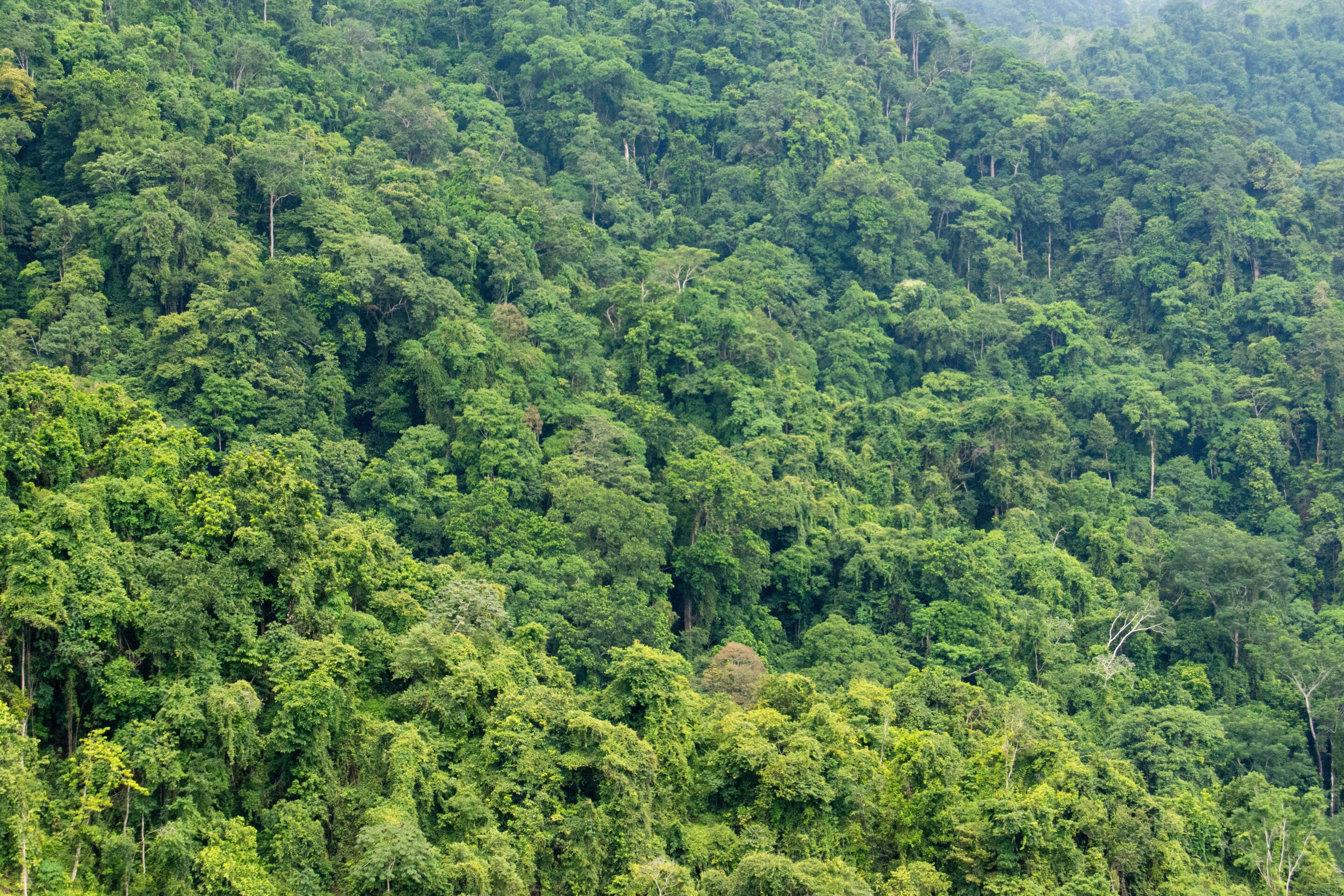
Say goodbye to plastic packaging. Scientists are testing a new biodegradable food packaging material that kills microbes that contaminate foods.

The first power on Hornsea 2 offshore wind farm in the UK was achieved recently. When fully operational, Hornsea 2’s 165 8 MW Siemens Gamesa wind turbines will be capable of generating 1.32 GW of clean electricity.

Nvidia is building what it calls “the world’s most powerful AI supercomputer dedicated to predicting climate change. The system will be called Earth-2.

The Mammoth Solar farm will be built in a rural area of Indiana about 80 miles south-east of Chicago. Distributed throughout that space will be 2,850,000 solar panels, which will generate 1.65 gigawatts of electricity.

Signatories include heavily forested nations, such as Brazil, Canada, Russia, the U.S., the U.K., Indonesia, China and the Democratic Republic of the Congo.

Costa Rica, Denmark, France, Greenland, Ireland, Sweden, Wales and Quebec are bravely taking the lead in a commitment to stop exploring for and producing oil and gas.

A recent study has found that renewables can meet most of the world’s energy needs. Even the most industrialized countries that need a heavy power supply can rely on renewable energy, specifically wind and solar.

A new device successfully hauled 20,000 pounds of trash out of the Pacific Ocean last week. This technology could potentially help clean up the Great Pacific Garbage Patch.

Los Angeles, Irvine and Petaluma have won $1 million each to become carbon neutral by 2030.

Leaded gasoline is no longer used anywhere in the world, according to the United Nations Environmental Program (UNEP). Algeria, the last country left using leaded gasoline, finished its stockpile in July.

A colossal US$22-billion infrastructure project will send Australian sunshine more than 5,000 km to Singapore, via high-voltage undersea cables.

Researchers are developing artificial intelligence that could assess climate change tipping points. The deep learning algorithm could act as an early warning system against runaway climate change.

Nuclear scientists using lasers the size of three football fields said they had generated a huge amount of energy from fusion, possibly offering hope for the development of a new clean energy source.

California Institute of Technology is developing technology capable of generating solar power in space and beaming it back to Earth. Solar power could be continuously available anywhere on Earth.

Orbital Marine Power O2 tidal turbine will be able to single-handedly generate enough clean-power to supply 2,000 UK homes, offsetting 2,200 tonnes of CO2 a year.